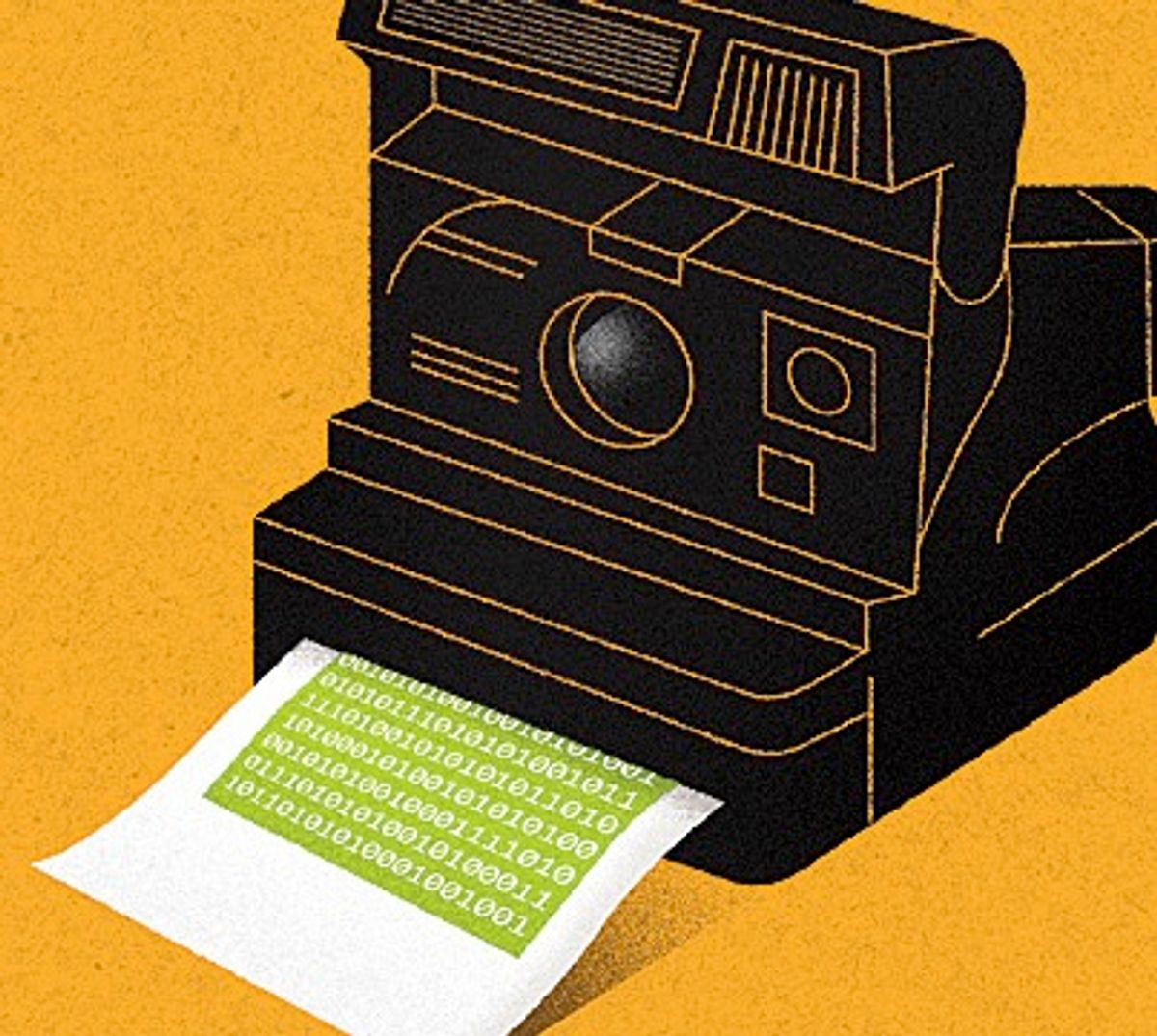While Sasson’s original digital imaging patent expired in 1995, many of the company’s advances, like algorithms that improved the sensitivity of sensors to light, are much newer. And, it turns out, valuable. Yesterday, Kodak announced that a group of companies including some that usually compete instead of cooperate—like Apple, Google, Facebook, Microsoft, and Samsung—purchased 1100 of Kodak’s digital imaging patents for a disappointing US $525 million. While lucrative, the sale fell far short of a hoped-for $2.6 billion windfall, in part because of a ruling earlier this year that ended Kodak’s efforts to charge royalties to Apple and RIM for using its technology to preview images on digital cameras. Kodak still holds some 9600 other patents, and retains the right to use the patented digital imaging technologies in its own products.
The group also includes Amazon, Adobe Systems, Fujifilm, Huawei, HTC Corp., RIM, and Shutterfly and is led by Intellectual Ventures Management and RPX Corp.
Spectrum profiled Sasson’s work as one of our Top 11 Technologies of the Decade in a January 2011 feature, "Digital Photography: The Power of Pixels."
Photo: Kodak engineer Steven Sasson pioneered digital imaging in 1975. Credit: David Yellen
Tekla S. Perry is a senior editor at IEEE Spectrum. Based in Palo Alto, Calif., she's been covering the people, companies, and technology that make Silicon Valley a special place for more than 40 years. An IEEE member, she holds a bachelor's degree in journalism from Michigan State University.




